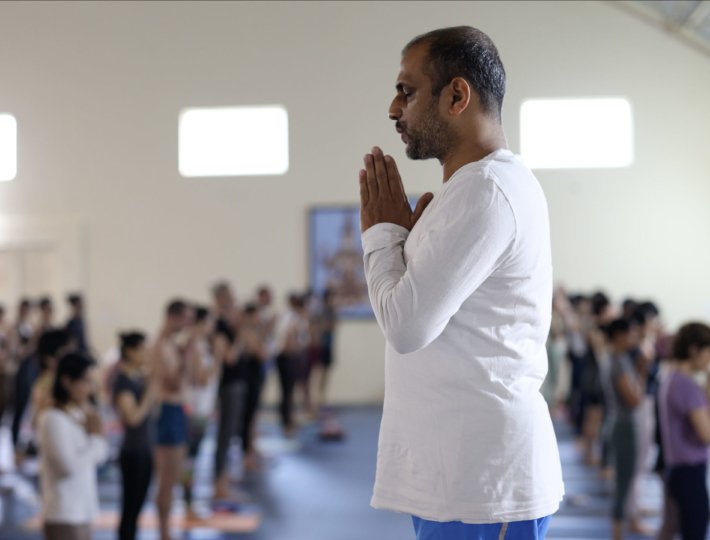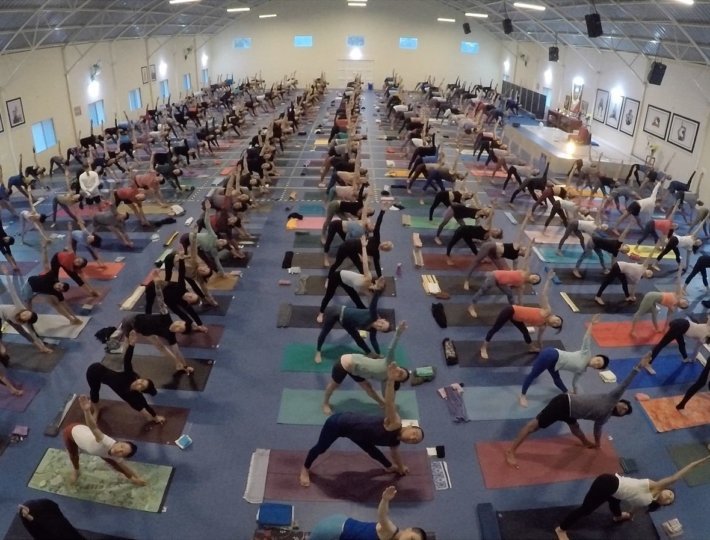Whether you’re new to meditation or a seasoned practitioner, at some point emotions will inevitably show up during your practice making it challenging to stay in your quiet space. Not to fear, this is very common and there are ways to manage it. First, let’s take a look at why this is happens and then we’ll explore how best to handle the situation when it arises.
Emotions that come up during meditation represent one of two things: 1) undigested past negative emotions that are rising up to be processed, or 2) a present-moment experience of raw emotion from something happening now, which can be positive or negative. Either way, it can make for an uncomfortable meditation and is one of the most common reasons people stop meditating. (In my experience teaching meditation, the first stumbling block is the “I don’t have time” syndrome and second, “I can’t stop my thoughts so I must not be doing it right.”)
The mechanics of stress release in a meditation practice are simple and it helps to understand what is happening. As we settle into stillness and silence on a regular basis, we begin to access deeper layers of accumulated emotional toxicity, referred to as “ama” in Sanskrit. What many people don’t realize is that we store our emotions in both our physical body as well as our psyche. Emotions don’t just go away, although they do change form. Even after we have long since moved on from painful experiences of the past, the unresolved baggage is still anchored in our neurology and it will continue to surface until worked through.
So, how do we deal with emotions as they arise during meditation? The primary answer is simple, but it’s not necessarily easy: keep meditating. As emotions come up in meditation, do your best to be present with them. Really, feel into them and allow them to be as they are without judgment. See if you can identify the specific emotion. Is it anger? Sadness? Fear? Guilt? Shame? Notice if you can feel the emotion in a physical location within your body. Is there tension in your gut or tightness in your shoulders? Recognize that the emotion is a part of you and see if you can approach it from a place of loving compassion and inquiry, rather than running from it or stuffing it back down.
If the emotion is so strong that it becomes unbearable to sit with your eyes closed, simply come out of the meditation and then follow the same guidance as above. Allow the emotion to surface. Cry if you feel tears welling up. Crying is a form of release. Express the emotion in private to yourself. Self-expression is another way of taking the lid off and letting out some steam. You may find that doing some journaling around what is coming up can be a cathartic experience as well, and it may prove be a form of meditation for you as you navigate the temporary discomfort. When the intensity of the emotion dissipates, close your eyes and settle back into your meditation for whatever amount of time was still remaining. If you need support in this process, reach out to a coach or trusted teacher to help you navigate the process of emotional healing. Many coaches, including myself, offer one-on-one sessions via Skype if location is a concern.
Meditation enables us to be with ourselves physically, emotionally, mentally and spiritually. The purpose of meditation is to get to know ourselves at a much deeper level; to learn how past experiences and conditioning keep us in a perpetual state of suffering, and to recognize that we are not our thoughts or experiences. When we are operating from a place of witnessing awareness, we are better able to make conscious choices in our daily lives that lead to more joy, peace, happiness, and fulfillment.









Comments (0)